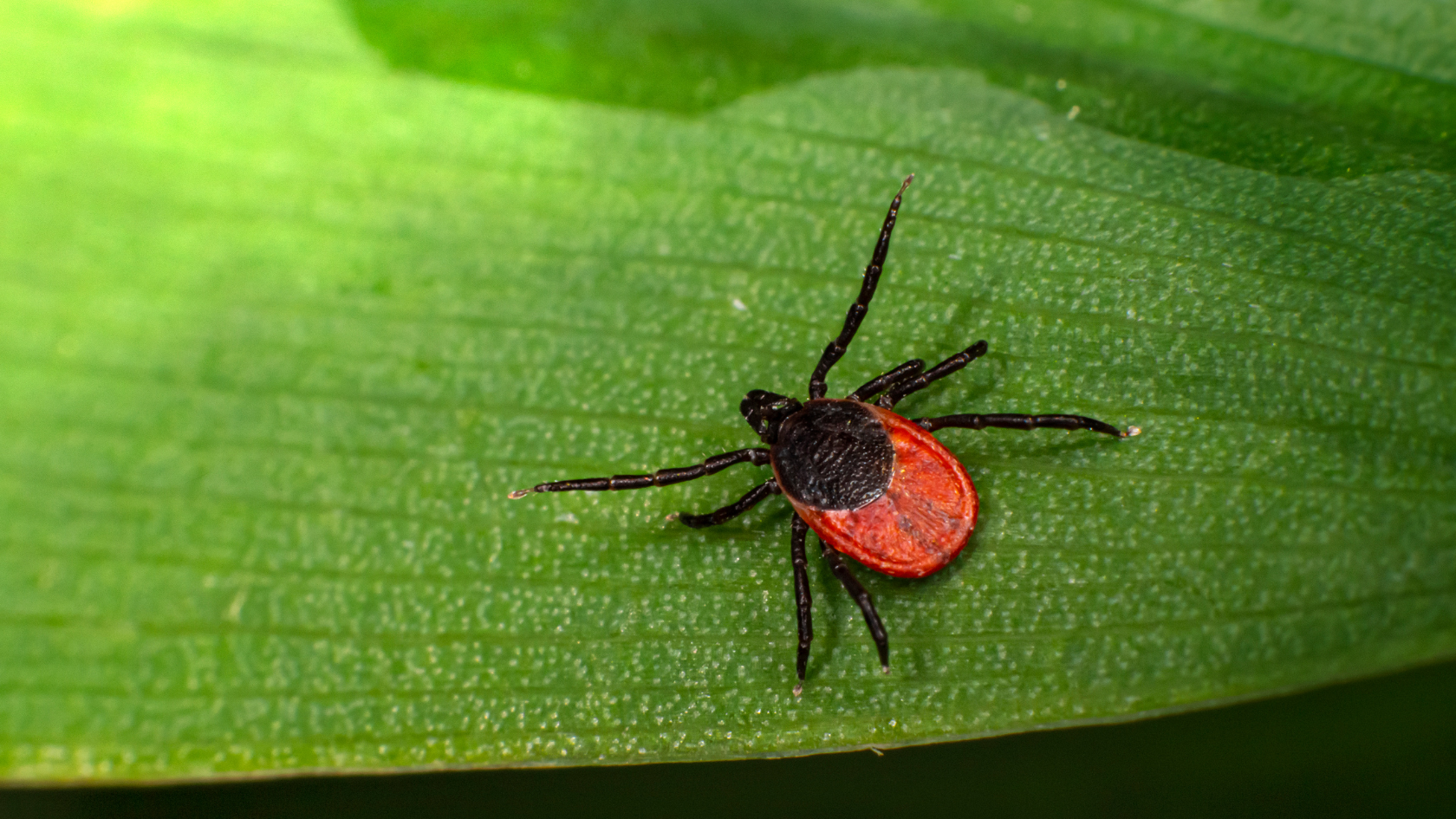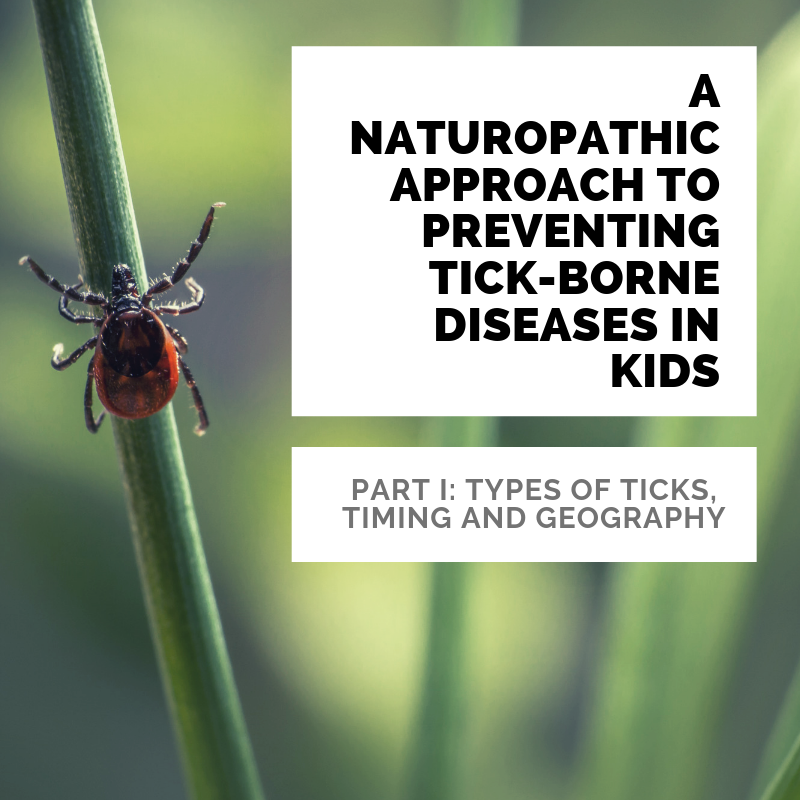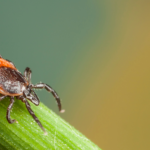
A naturopathic approach to preventing tick-borne diseases in kids. Part I – Types of Ticks, Timing, and Geography
This article is the first in a three-part series on the prevention tick-borne diseases in children and families. This article, part I, goes over the timing of tick activity, types of ticks, diseases involved, and region where most problematic ticks are found. Part II includes information on clothing choices, yard protection and tick repellents, including natural and conventional options. Part III includes information on how to built a tick-prevention kit!
The upsides and downsides of spending time in nature
As naturopathic doctors we want kids to be outside. We know from research that children and adults experience significant health benefits from being outside including healthy blood pressure, improved immunity, focus, energy and sleep. Therapeutic time outdoors has been nicknamed “Vitamin N”, due to research showing that it may be an essential daily activity for children’s emotional and physical health. In one study it was even demonstrated to improve ADD symptoms in children1.
However, with tick related illnesses doubling over the past decade2, we face the task of enjoying time in natural settings while minimizing tick bites and taking proactive approaches when a tick bite occurs. With conventional medicine often downplaying the long-term effects of tick-related illnesses, naturopathic doctors have become experts in prevention and treatment of tick-related diseases.
Tick Activity & Time of Year:
From May to August, we see a peak in tick activity that correlates with Lyme disease diagnosis as well as other tick-borne diseases including babesiosis, ehrlichia and Rocky Mountain spotted fever. The effects of climate change are also causing tick activity and Lyme disease to extend into areas and seasons where ticks were previously inactive. Many things impact the 2 to 3 year lifecycle of ticks that range from humidity levels to populations of host animals including mice and deer, making it difficult to predict exactly when ticks will become more active each year.
You can use the Tick Encounter App to determine current tick activity in your region of the United States.
Types of Ticks, Tick-Born Illnesses & Region:
This list is a simplified summary and far from comprehensive.
Black legged ticks (Ixodes spp.) are vectors for Lyme disease, Anaplasma phagocytophilum, Ehrlichia muris, Babesia microi, Powassan virus, and Borelia miyamotoi.
Lone star ticks (Amblyomma americanum) are vectors for Ehrlichiosis, STARI (Southern tick-associated rash illness), and Tularemia. This tick has also been implicated in triggering alpha-gal meat allergies, where symptoms range from life-threatening anaphylaxis to hives after consuming red meat.
American Dog ticks (Dermacentor varibilis) tend to be vectors for Rocky Mountain spotted fever and Tularemia.
Northeastern, mid-Atlantic and upper mid-west US tend to have more cases of Lyme disease, Anaplasmosis, Babesiosis, and Powassan virus.
Arkansas, Missouri, North Carolina, Oklahoma and Tennessee have higher rates of Rocky Mountain spotted fever, Ehrlichiosis and Rickettsiosis.
Prevention & Proper Assessment:
Performing tick checks on yourself and your children whenever you come inside from having been outdoors in grassy/wooded areas is the first step in reducing your risk of contracting a tick-borne disease. Ticks commonly attach on the legs, groin, neck and scalp areas, but you’ll want to thoroughly check all areas of the body. Some ticks, when embedded will look like birth-marks or scabs while others can be as small as the head of a pin.
If you have animals that spend time outdoors, check them regularly for ticks and discuss options for tick prevention with their vet. Indoor-outdoor animals carry the risk of bringing ticks indoors and increase the risk for bites.
If you do find a tick on yourself, take a deep breath and remove it carefully. I recommend that all families save ticks in a container or plastic bag with the date and name of the person who it was found on and send the tick to a lab for testing for Lyme and other tick-borne infections that are endemic to your area.
Only 33% of people who are infected with Lyme develop the Bull’s eye rash that many physicians rely on it as the sole indicator for testing for Lyme disease. The ELISA and Western Blot tests that are used by most physicians to screen for Lyme measure our immune systems response to the infection, and for some people it can take weeks to months to have a positive result in spite of having an active infection.
Screening for Lyme disease is very common, however patients are often not tested for other tick-borne diseases like Ehrlichia and Babesia. Sending your tick in for testing will give you information on whether the tick was a vector for Lyme and other co-infections. The University of Rhode Island offers tick identification and testing. The information will provide you with what you may have been exposed to and also collects data to monitor the progression of tick-borne illnesses in the US. What I find most helpful about this information is that it gives clinicians information about what their patients may have been exposed to so that targeted preventative or therapeutic treatments can be provided quickly.
A naturopathic approach to preventing tick-borne diseases in kids. Part II: preventing tick bites.
 Resources:
Resources:
Faber Taylor, Andrea, and Frances E. Kuo. “Children with attention deficits concentrate better after walk in the park.” Journal of attention disorders 12.5 (2009): 402-409.
Vital Signs: Trends in Reported Vectorborne Disease Cases — United States and Territories, 2004–2016
“Geographic Distribution of Ticks That Bite Humans | Ticks | CDC.” Centers for Disease Control and Prevention, Centers for Disease Control and Prevention, 10 Jan. 2019, www.cdc.gov/ticks/geographic_distribution.html.
Stafford, K.C. 2004. Tick Management Handbook: An Integrated Guide for Homeowners, Pest Control Operators, and Public Health Officials for the Prevention of Tick-associated Disease. https://portal.ct.gov/-/media/CAES/DOCUMENTS/Publications/Bulletins/b1010pdf.pdf?la=en
cdc.gov. (2018). Signs and Symptoms of Untreated Lyme Disease | Lyme Disease | CDC. [online] Available at: https://www.cdc.gov/lyme/signs_symptoms/index.html [Accessed 15 May 2019].
Tick Encounter: The University of Rhode Island. 2018. The University of Rhode Island. www.tickencounter.org. Accessed 8 June 2019.


